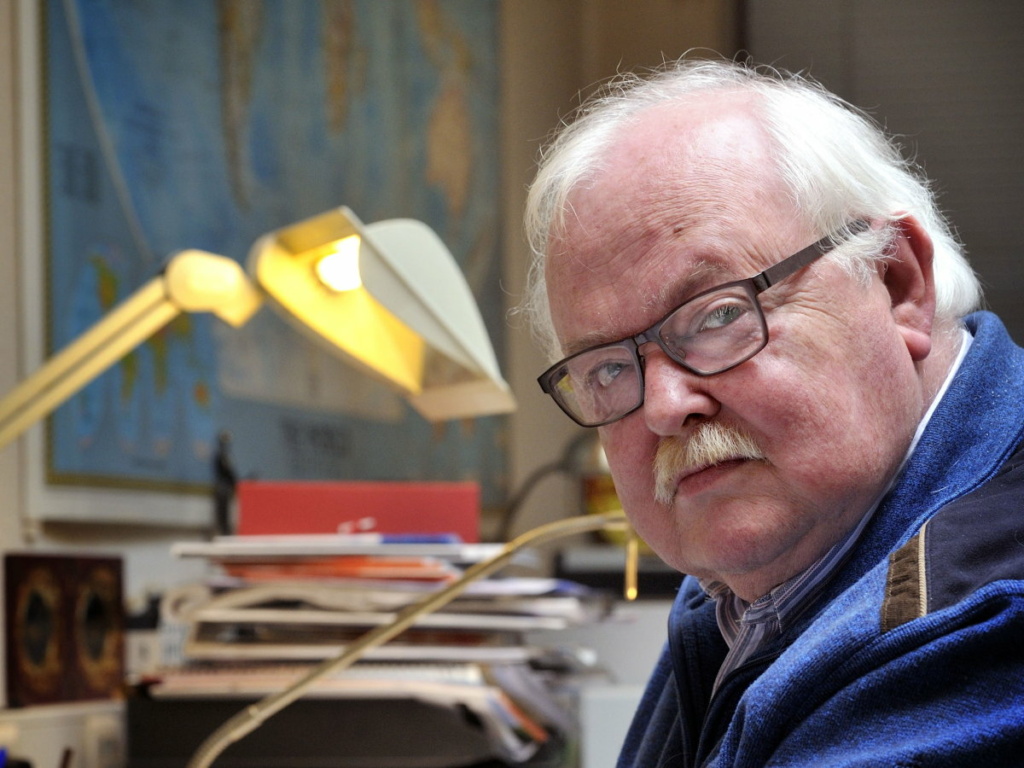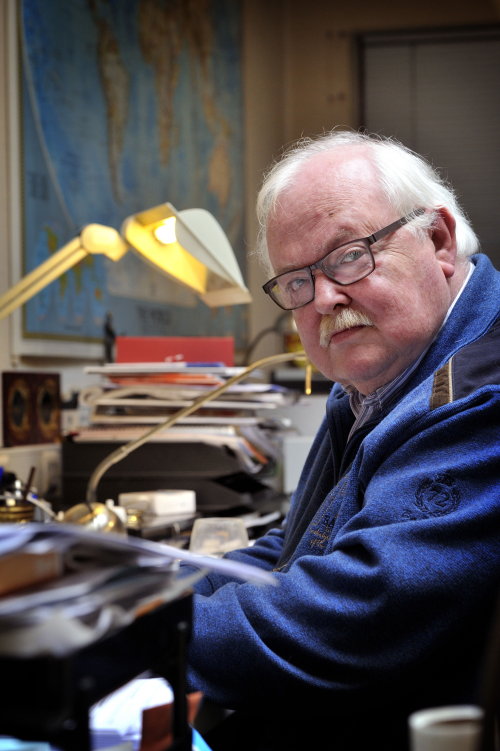
Kees Beenakker (1948-2025): straight-talking innovator in microelectronics
Those who only knew Kees Beenakker superficially might have mistaken him for a blunt man. But his straight-talking attitude – rare in upper management circles – was his unique charm. Beenakker never seemed to take life too seriously, or at least pretended not to. Yet, behind the barbed remarks he so enjoyed delivering, there was a warm and generous human being.
Many who worked with or for him held him in the highest regard. It earned him an enormous network, far beyond the Dutch borders. The Dutch IC industry owes much to both the man himself and that network. He passed away on Saturday, 13 September, at the age of 77, after a brief but severe illness.
Opening up
After studying and earning his PhD in physics and chemistry in Leiden, Beenakker joined the renowned Philips Natlab in Eindhoven in 1974. There, he developed the Beenakker cavity, a device in which a gas sample is exposed to a microwave-generated plasma. Inside this plasma chamber, the gases are broken down and excited, allowing their composition to be determined through optical detection.
The cavity brought together two sides of Beenakker’s personality. It was his ‘first child’ as a researcher, an invention he cherished as uniquely his own. He loved his time in the lab and resisted fiercely when a superior tried to push him into a managerial role. “Sheesh, you’re at the peak of your research and then this bastard comes along,” he said in his typical vernacular (link in Dutch).
But Beenakker wasn’t a pure scientist; he always valued applications as well. The fact that Philips saw no commercial future for his invention – originally intended to monitor air pollution – frustrated him deeply. “I found that very unsatisfying, and I always have,” he later remarked.
Over thirty years later, after his retirement, Beenakker finally found vindication. With the right tweaks, the cavity proved ideally suited for etching away chip packaging without damaging the chip inside – perfect for failure analysis. Together with colleagues from his network and a former PhD student, he founded Jiaco Instruments in 2014, which continues to sell equipment for opening up chips to this day.

Diaspora
Entrepreneurship was nothing new to Beenakker. Thanks to his cavity, he’d found his way into microelectronics just as plasmas were becoming central to chip fabrication. After thirteen years at Philips, the last five as head of assembly and equipment development at the Semiconductors division in Nijmegen, he resigned in 1987 to co-found Eurasem, a kind of foundry for IC assembly.
Eurasem went bankrupt and had to be restarted twice before gaining a foothold. Beenakker didn’t wait around; he left for Delft to become a professor. Still, he always regarded the decision to step outside Philips as the best one of his career. “You only realize this after you leave. At Philips, everything is arranged for you. You don’t know real life.” Philips had been an excellent school, he said, but “you shouldn’t stay there your whole life.”
The Philips semiconductor diaspora has since started to fade, but many professors, entrepreneurs and leading researchers did indeed build the foundations of their careers at the company. Beenakker himself was a prime example of this.
Legacy
At Delft University of Technology, Beenakker found firm ground. At the Dimes Institute, he served successively as professor, department chair and, from 2007 on, as scientific director. Under his leadership, Dimes grew into an institute of worldwide renown, not only for its scientific achievements but also for the hundreds of international PhD candidates who found their way to Delft. Many of them went on to work at a Dutch company.
Beyond the Netherlands, Beenakker made significant contributions to the development of micro- and nanoelectronics. He held leadership roles in European research programs, helped establish the International School of Microelectronics in Shanghai and lectured as a visiting professor at Tsinghua University in Beijing.
Thus, Kees Beenakker leaves behind a rich legacy: two companies, generations of students and PhD candidates inspired by him, a research institute (now renamed the Else Kooi Lab) that still enjoys global prestige thanks in part to his efforts and countless memories of his humor, unvarnished honesty and warm personality.






